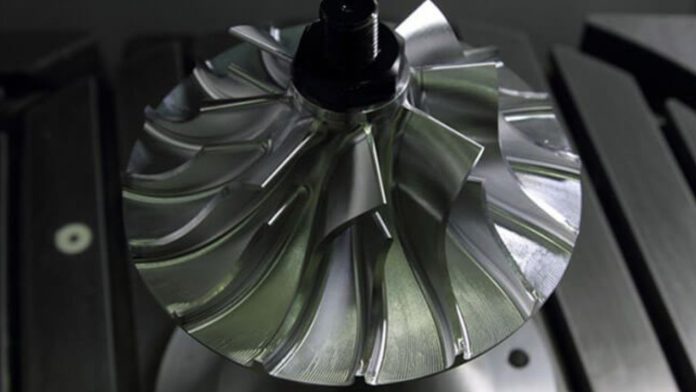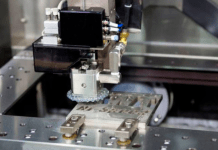Cutting tools need to be manufactured of a tougher material than the workpiece in order to cut through the solid workpiece. Additionally, the number of materials that can be utilized for cutting tools is limited because CNC machining is frequently employed to make parts from extremely hard materials.
For companies and manufacturers, choosing the appropriate CNC (Computer Numerical Control) machine tool is essential. Certain Cutting tool materials are better suited for different CNC machines. For instance, lathes are perfect for cylindrical items, whereas milling machines are good for cutting metal, plastic, and composite materials. To select a machine that can work with the material efficiently, take into account its characteristics, such as its hardness and abrasiveness.
Typical Materials for Cutting Tools
CNC (Computer Numerical Control) cutting tools are essential components in modern machining processes, enabling precise and efficient material removal in various industries. These tools are made from a wide range of materials, each offering unique properties to enhance their performance and durability. Here, we will explore some common materials used in CNC cutting tools, highlighting their characteristics and applications.
Ceramics
Ceramic cutting tools are known for their extreme hardness, high-temperature resistance, and chemical stability. They are often made from materials like alumina (aluminum oxide) or silicon nitride. Ceramic tools are suitable for machining superalloys, hardened steels, and high-temperature alloys. While they are brittle compared to other materials, advancements in ceramic tool technology have improved their toughness, making them viable options for specific applications.
Cubic Boron Nitride (CBN)
CBN cutting tools consist of cubic boron nitride particles bonded together in a matrix, creating an extremely hard material. CBN is second only to diamond in terms of hardness and is particularly effective for machining ferrous materials like hardened steel, cast iron, and superalloys. CBN tools excel in high-speed and high-temperature applications, providing superior wear resistance and extended tool life.
Polycrystalline Diamond (PCD)
PCD cutting tools feature diamond particles sintered together under high pressure and temperature. Diamonds are the hardest known material, providing exceptional hardness, wear resistance, and thermal conductivity to PCD tools. These tools are ideal for machining non-ferrous materials such as aluminum, copper, and composites. PCD tools offer outstanding surface finish and prolonged tool life, making them valuable in precision machining applications.
Coated Tools
Coated cutting tools, regardless of the base material, are often enhanced with coatings to improve their performance. Common coatings include titanium nitride (TiN), titanium carbonitride (TiCN), and various diamond-like carbon (DLC) coatings. These coatings enhance the tool’s hardness, reduce friction, and improve wear resistance. Coated tools are versatile and find applications across various materials, extending tool life and reducing production costs.
High-Speed Steel (HSS)
High-speed steel is a classic choice for CNC cutting tools due to its excellent combination of hardness, toughness, and wear resistance. It contains various alloying elements such as tungsten, molybdenum, and chromium, enhancing its properties. HSS tools are suitable for cutting softer materials like aluminum, brass, and mild steel. They can withstand high temperatures generated during machining processes, making them ideal for high-speed applications.
Carbide
Carbide-cutting tools are widely used in CNC machining due to their exceptional hardness and wear resistance. Tungsten carbide, combined with cobalt, forms the base material for these tools. Carbide tools are ideal for cutting hard and abrasive materials like stainless steel, cast iron, and hardened steel. They maintain their sharpness for a longer time, resulting in increased productivity and reduced tool changes.
Sum Up
For high-volume production runs, dedicated CNC machining centers with automation features such as robotic loading and unloading can significantly enhance efficiency. For lower volumes and prototyping, versatile machines that allow quick setup and changeover might be more suitable. Consider the required precision and surface finish of the parts. Machines with high spindle speeds and rigid structures provide better accuracy.











